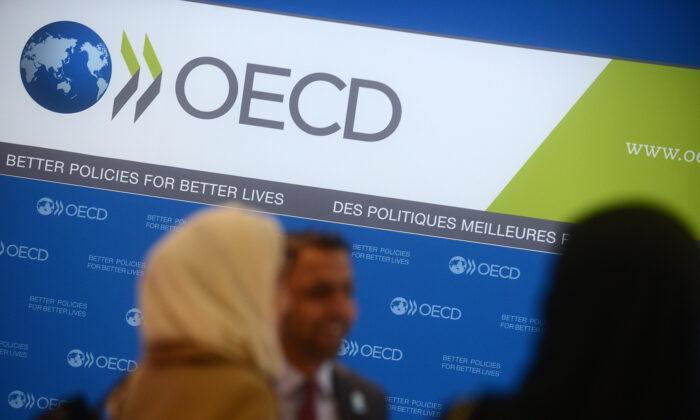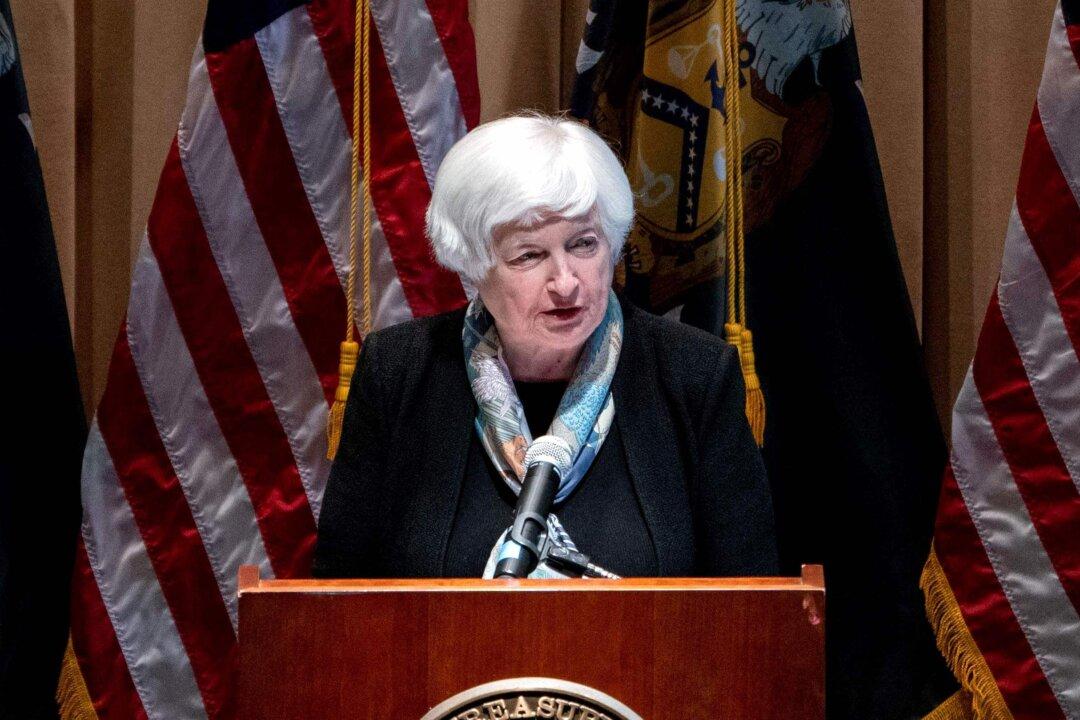According to the OECD’s economic outlook to 2060, governments worldwide must grapple with the costs of repaying debt generated by supporting businesses and individuals during the COVID-19 public health crisis. At the same time, officials will need to contend with ballooning costs for public services and aging populations.
“Secular trends such as population aging and the rising relative price of services will keep adding pressure on government budgets,” the OECD stated in the policy paper, which was prepared by Yvan Guillemette and David Turner. “Fiscal pressure from these long-run trends dwarf that associated with servicing COVID-legacy public debt.”
The Paris-based group stated that the pandemic led to record budget deficits. Study authors determined that the financial difficulties brought on by COVID-19 on the median OECD nation could rise to 8 percent of gross domestic product (GDP) in the next 40 years. Economists didn’t account for new expenditures, such as policies to combat climate change.

But researchers also noted that if global interest rates remain at historically low levels, most OECD countries could sustain their debt accumulation. However, should rates increase by 1 percent, that could escalate pecuniary demands, experts predicted.
Governments may not need to impose tax hikes to tackle the red ink, the OECD noted. Study authors said that reforms to facilitate higher employment rates and boost retirement ages could support the financial conditions for many of the 38 OECD states.
Global Debt Surges To New Record High
Global debt soared to a fresh all-time high of $226 trillion, the International Monetary Fund’s (IMF) 2021 Fiscal Monitor Report confirmed. Due to governments’ responses to COVID-19, advanced economies and China accounted for approximately 90 percent of the world’s debt accumulation in 2020. Emerging markets and developing countries contributed 7 percent of the debt.Despite the immense increase in debt, Gaspar believes that the measures that were taken were necessary. It had been estimated that not being able to contain the pandemic could have cost the global economy $5 trillion over the next five years.
Looking ahead, the IMF projects that global debt will fall in 2021 and in 2022 by 1 percentage point of GDP per year. The group also stated that if vaccine manufacturing and delivery improve, particularly for low-income nations, additional damage to the global economy would be limited.
“On the downside, new variants of the virus, low vaccine coverage in many countries, and delays in some people’s acceptance of vaccination could inflict new damage and increase pressures on public budgets. The realization of contingent liabilities—including from loan and guarantee programmes—may also lead to unexpected increases in government debt,” the report reads.





